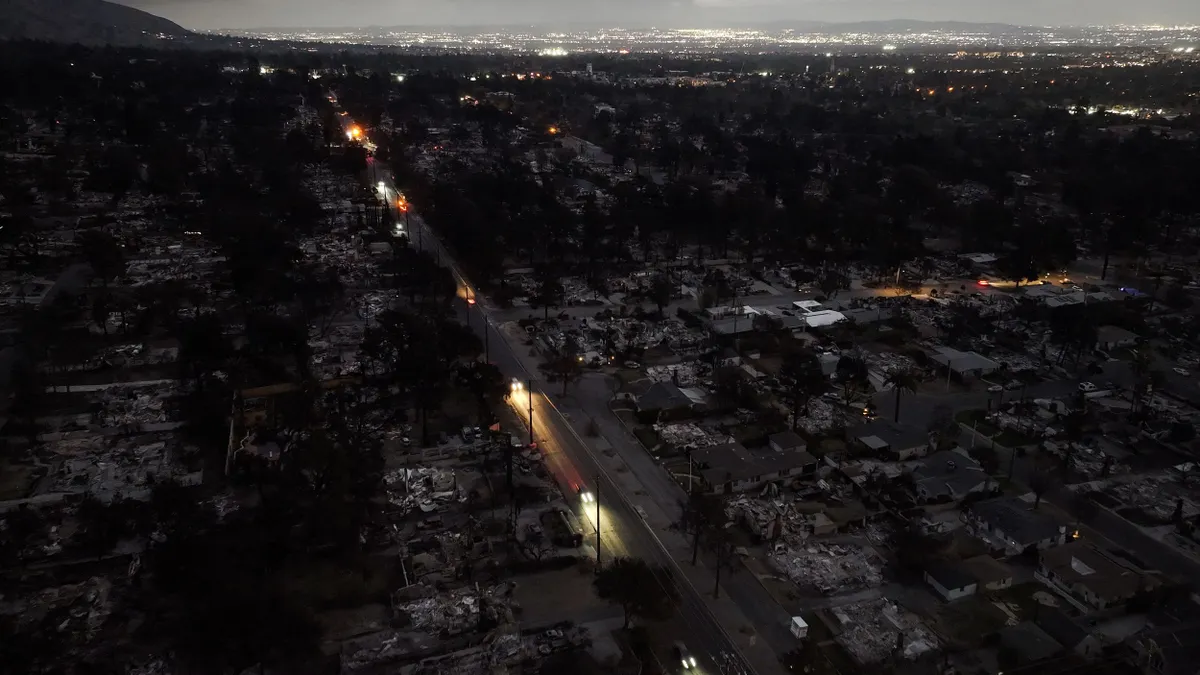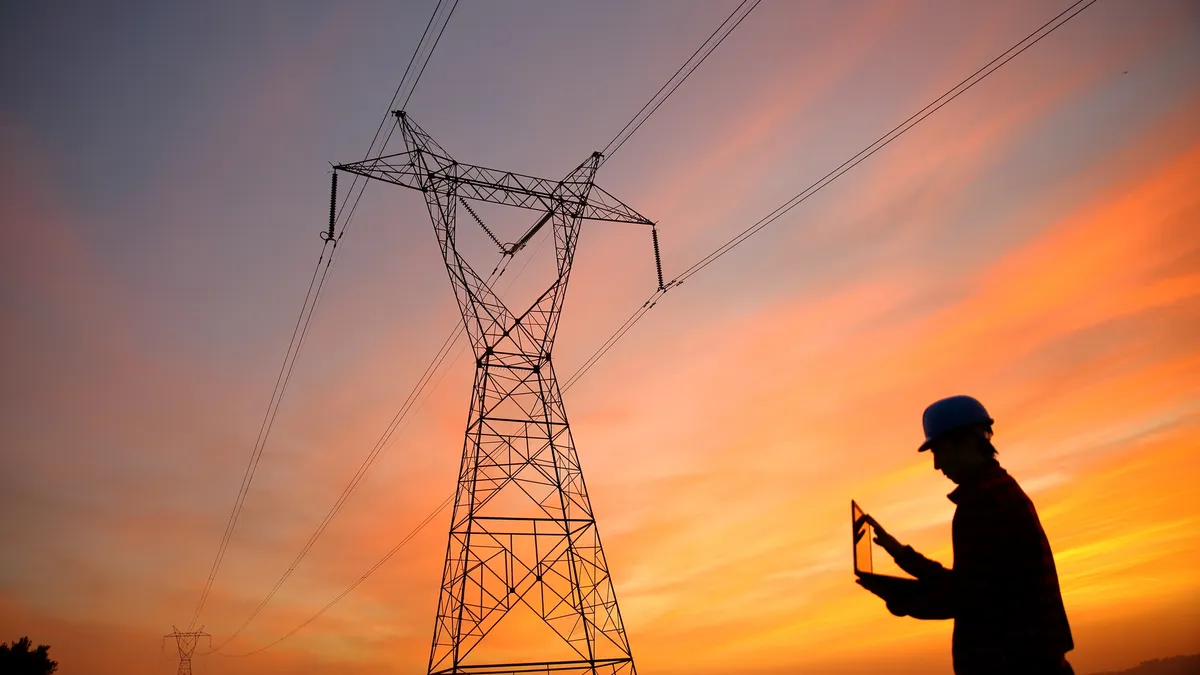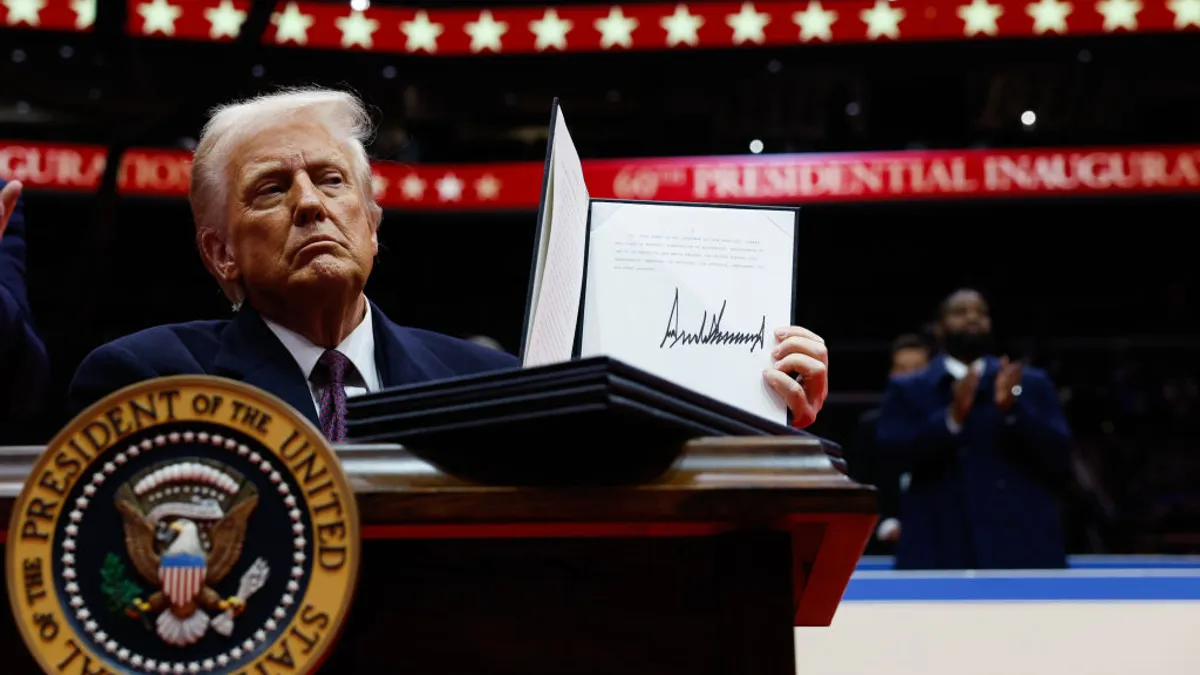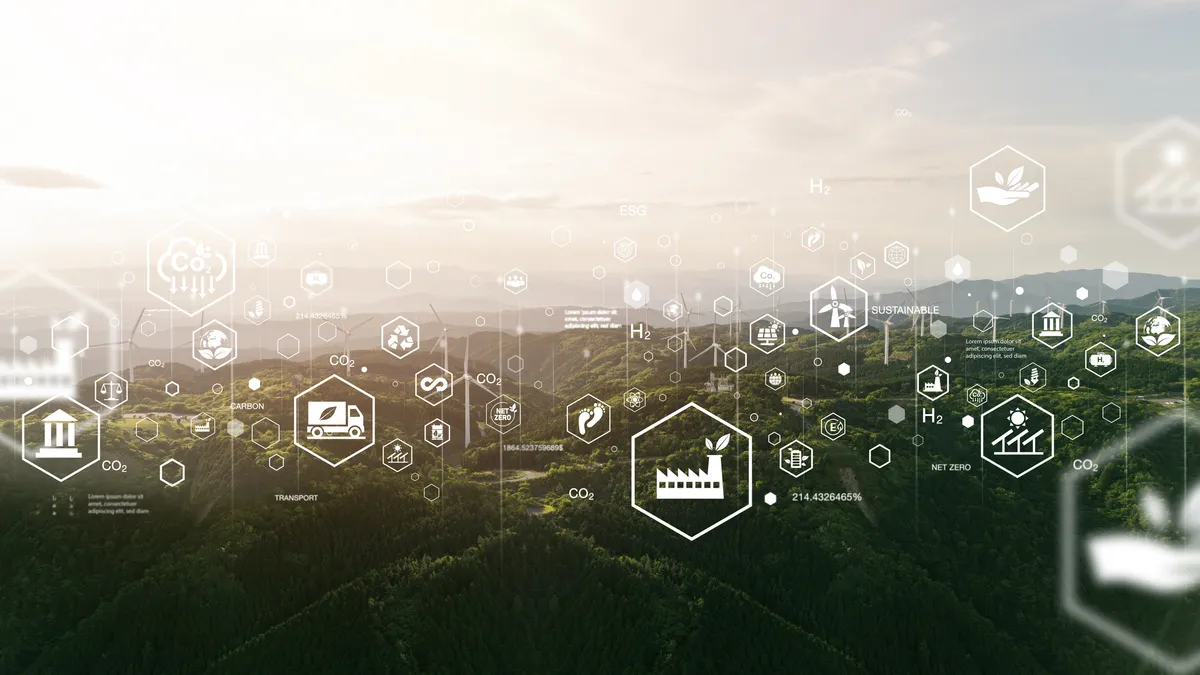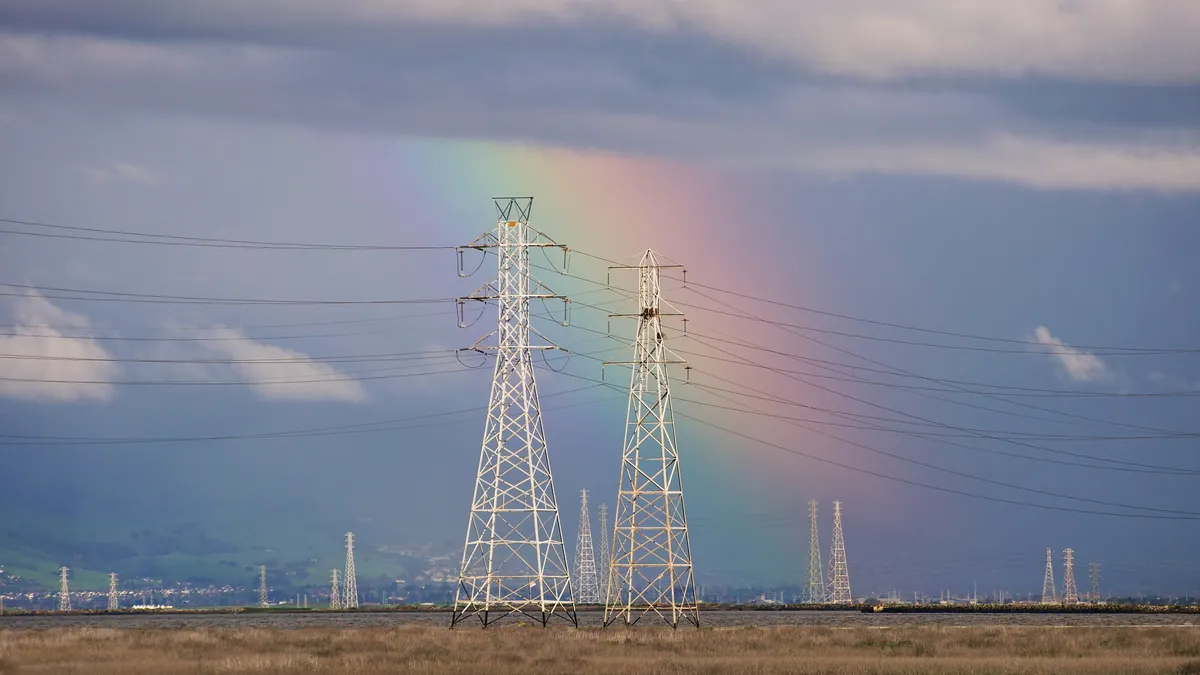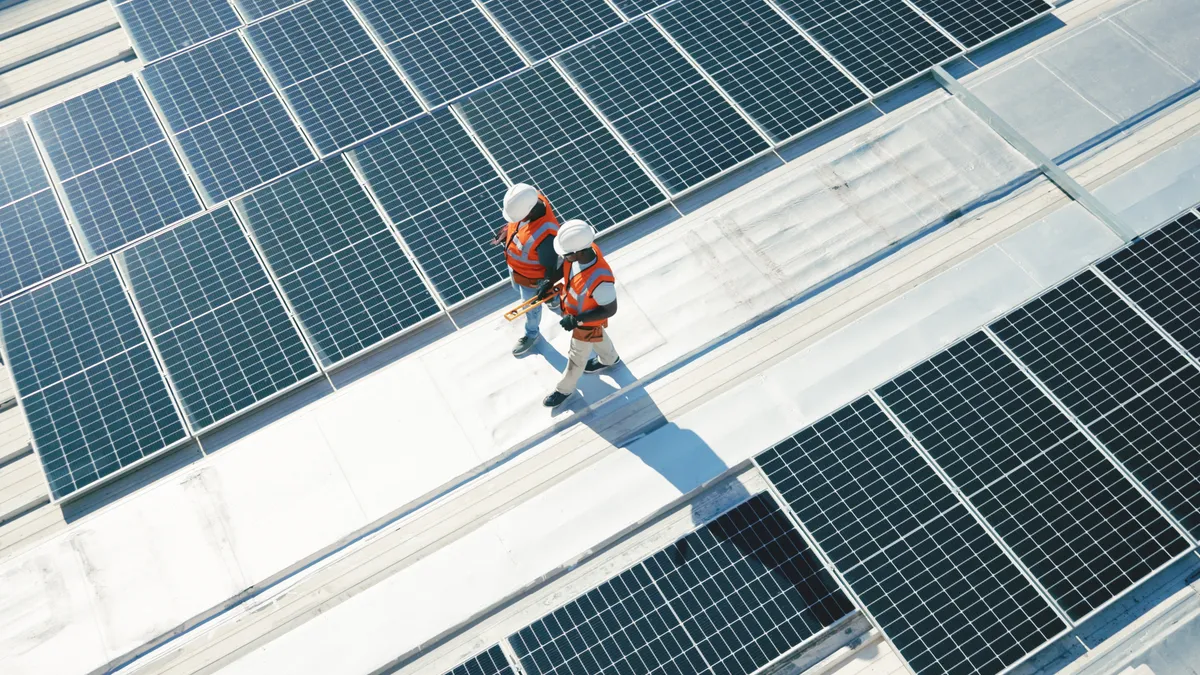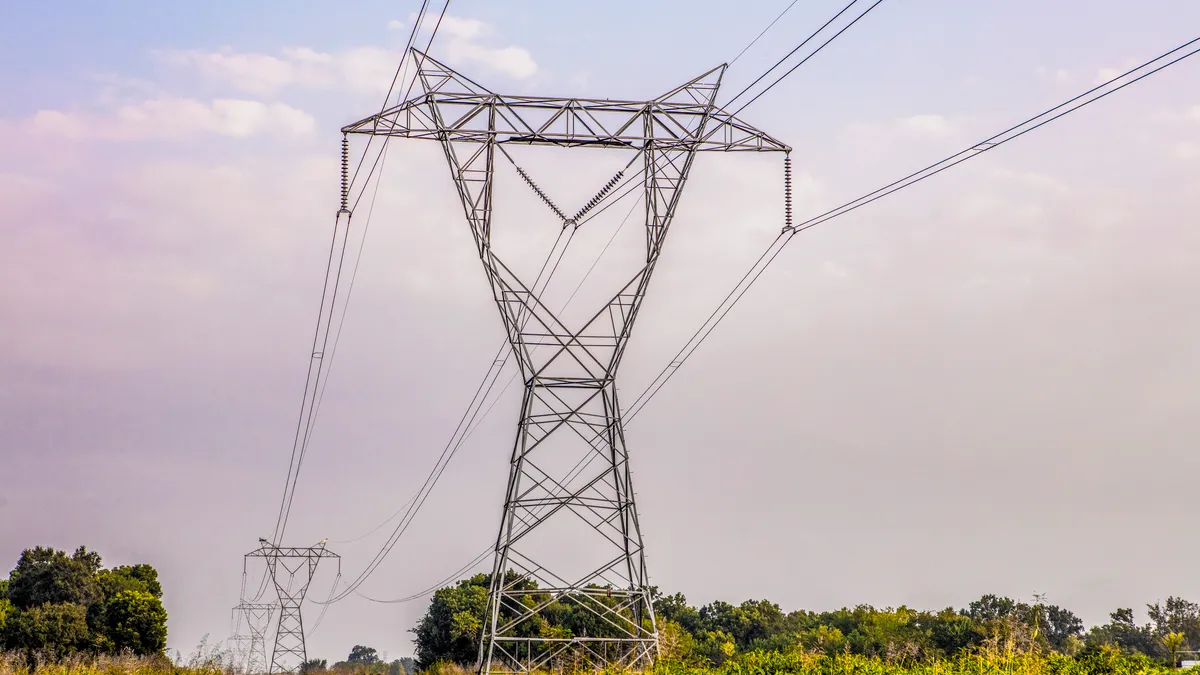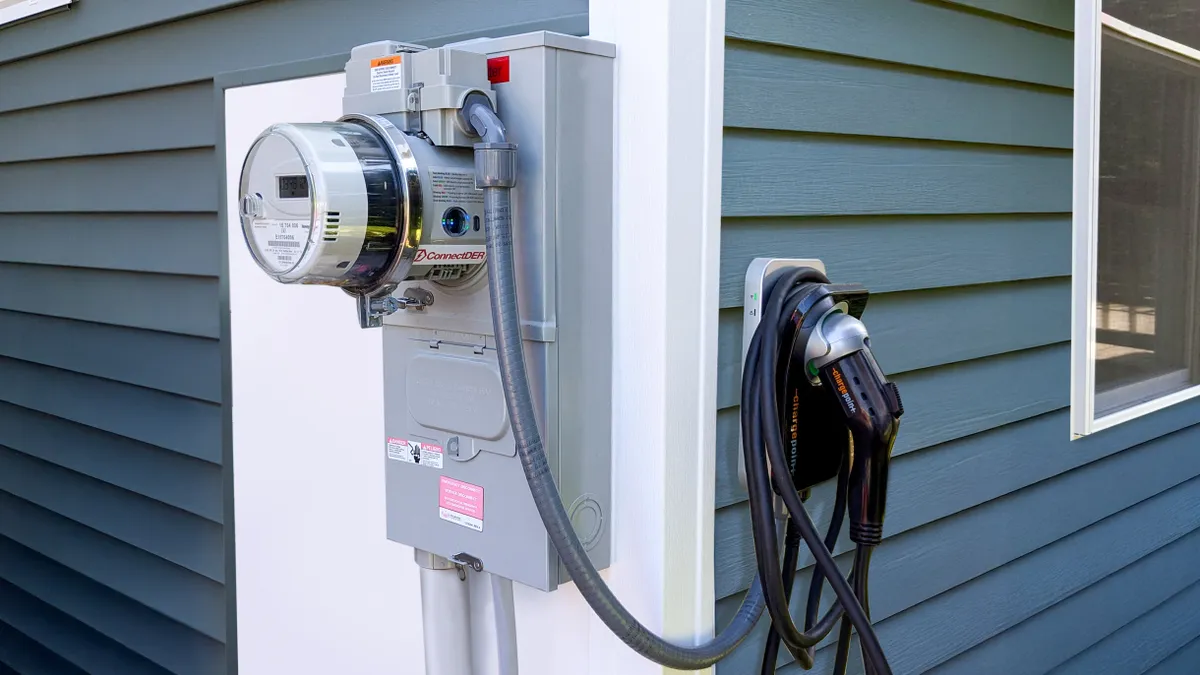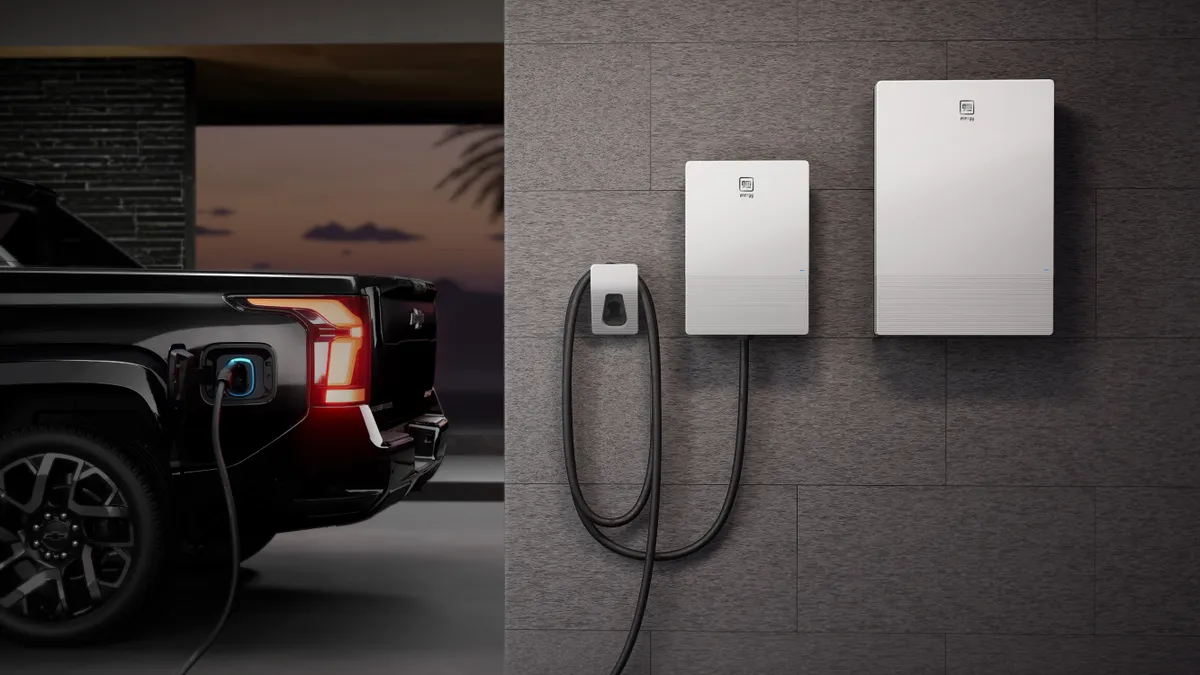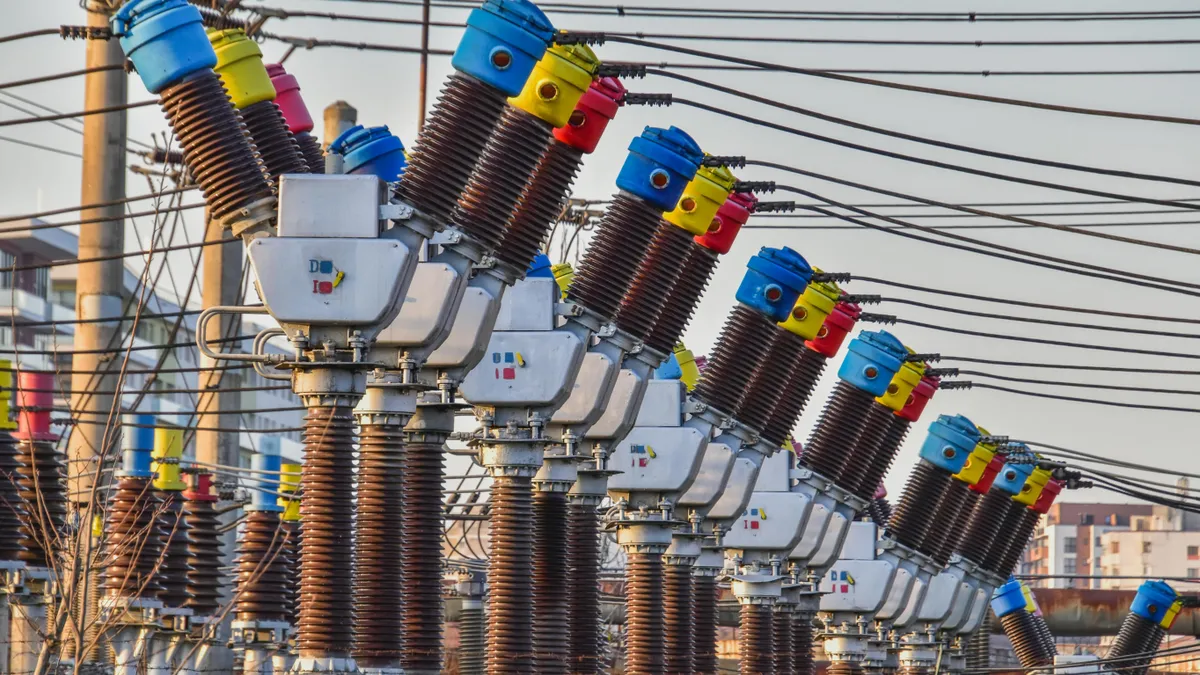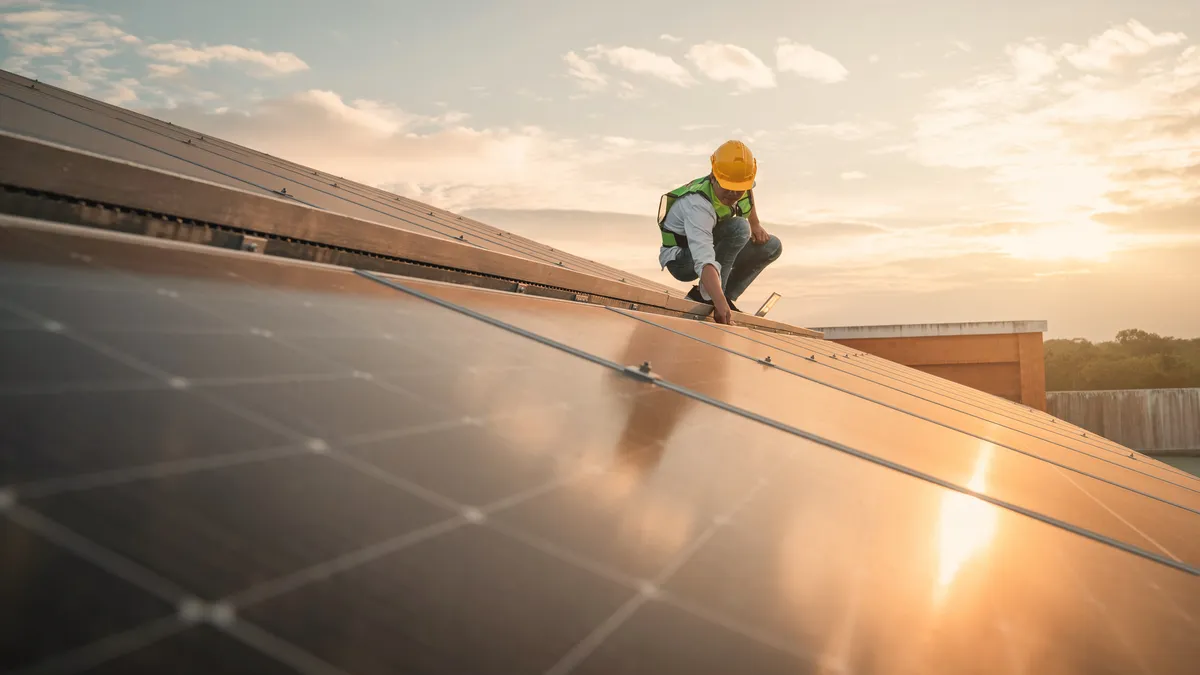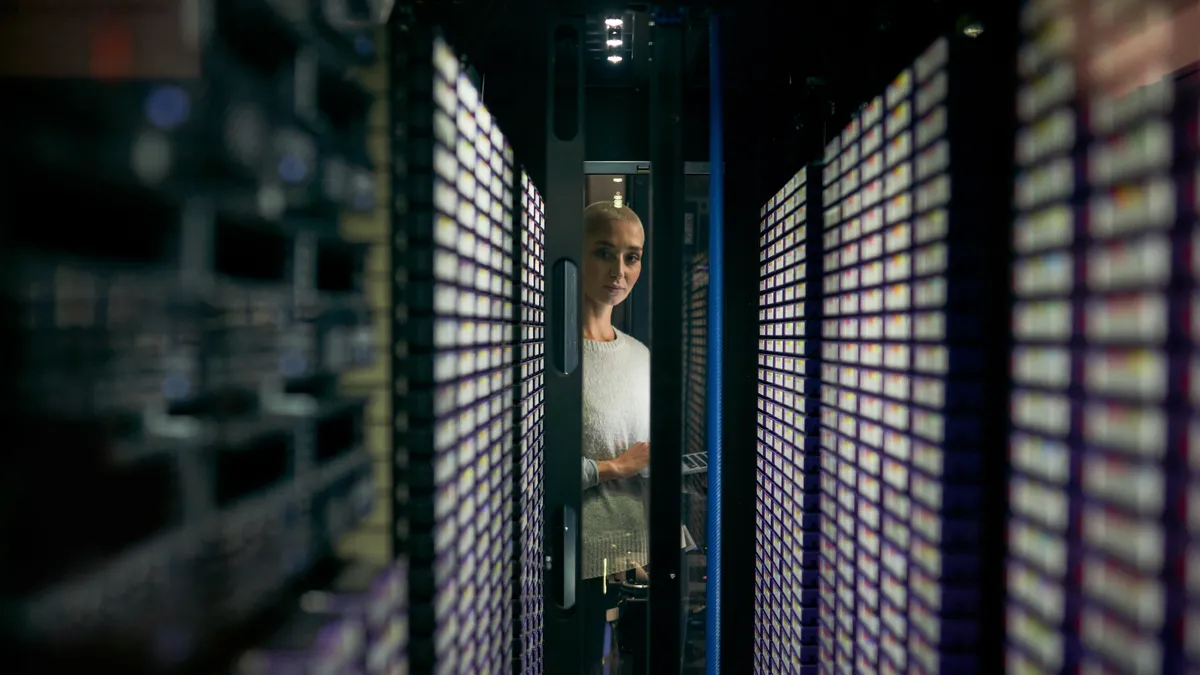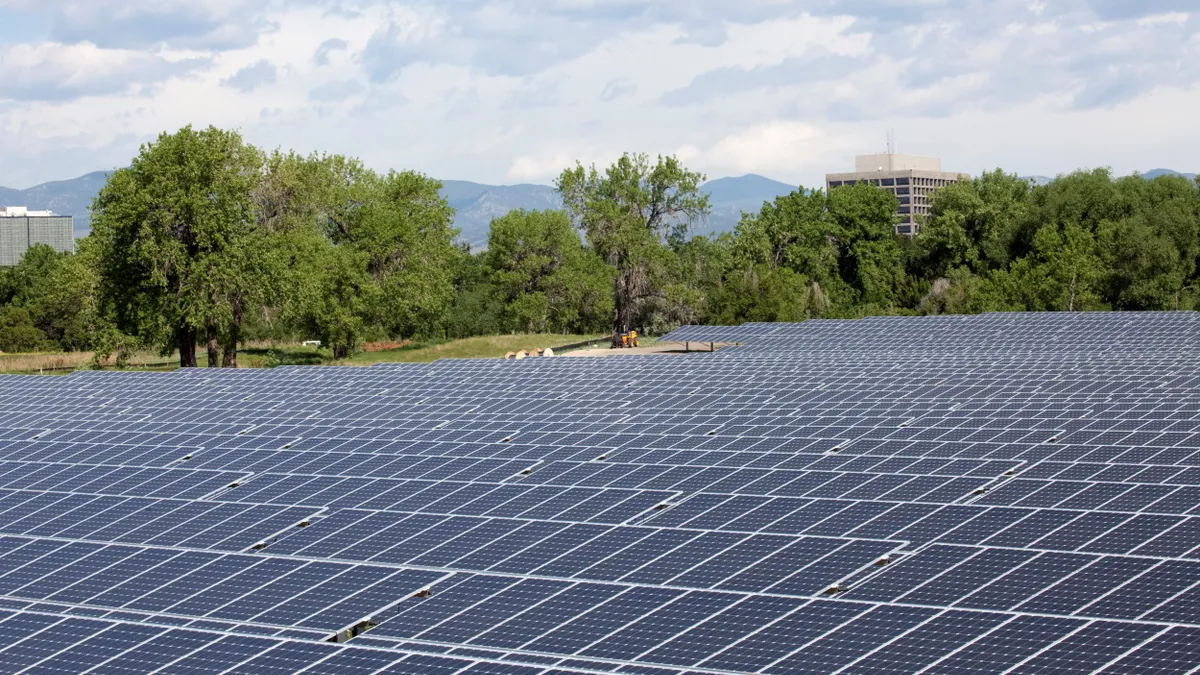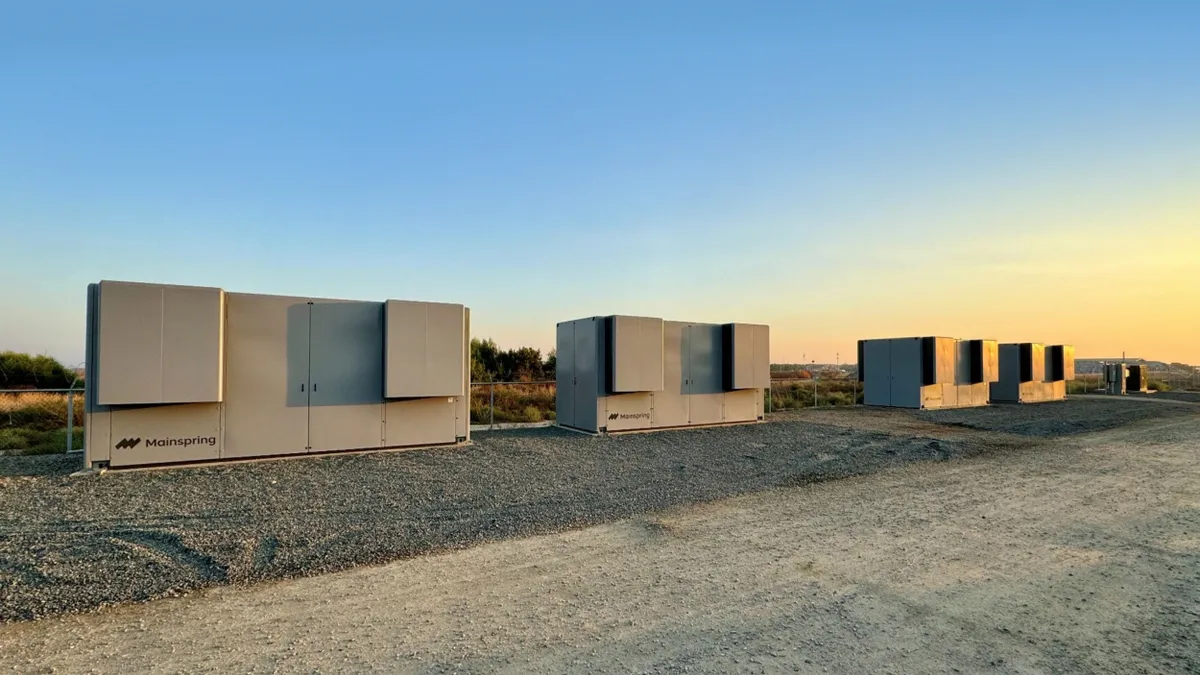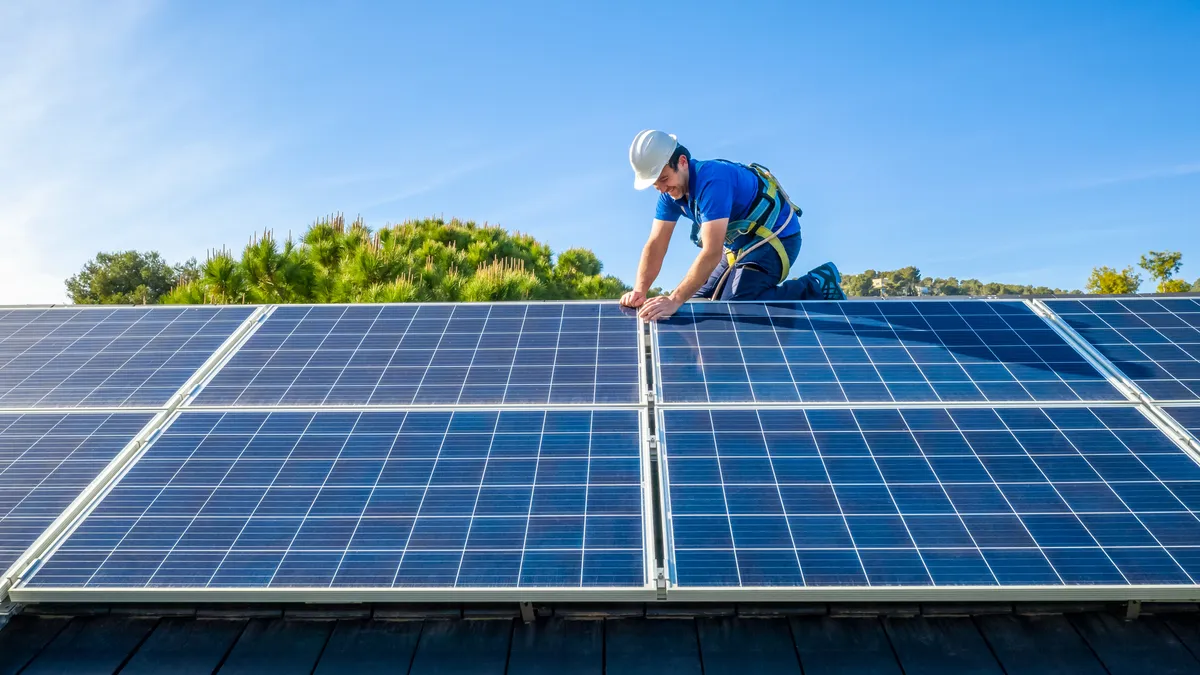Distributed Energy: Page 4
-
2025 US power sector outlook
The second Trump administration has ramped up energy transition uncertainty. Meanwhile, electricity demand from data centers and electrification continues to grow, and the resource mix is changing.
By Utility Dive staff • Jan. 31, 2025 -
‘Interconnection processes must evolve’ to handle DER influx: DOE
The DER interconnection roadmap issued in the last days of the Biden administration envisions interconnection wait times under one day for <50-kW systems and 25% shorter power outage durations by 2030.
By Brian Martucci • Jan. 24, 2025 -
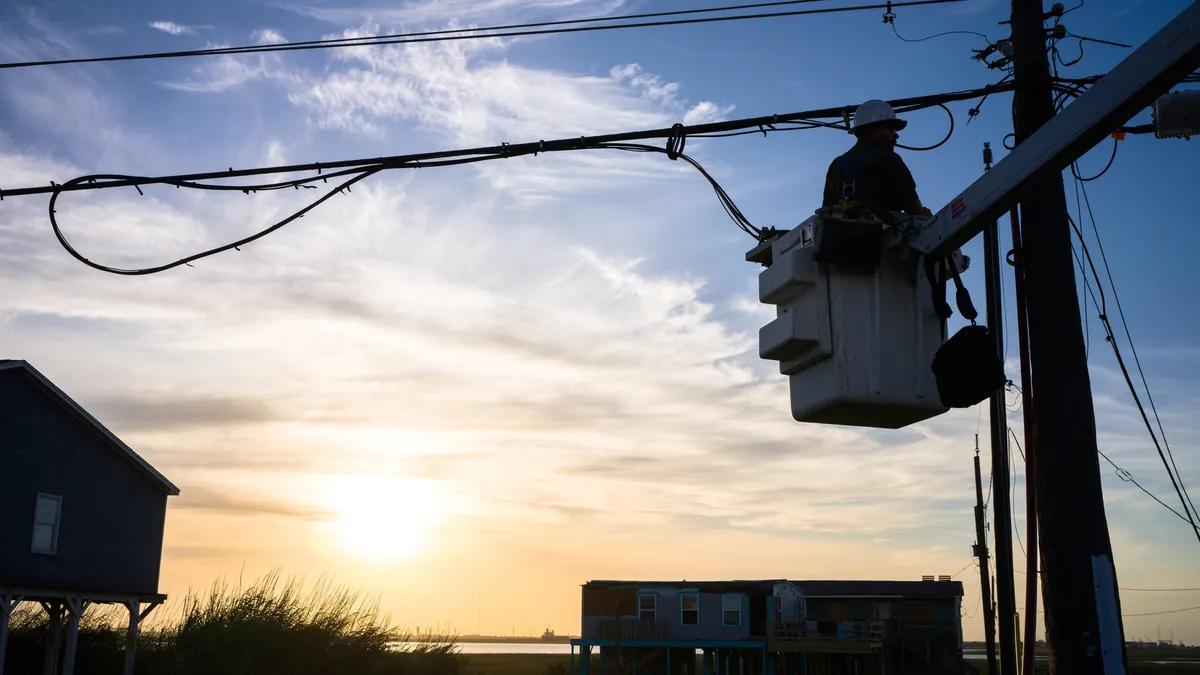 Explore the Trendline➔
Explore the Trendline➔
 Brandon Bell/Getty Images via Getty Images
Brandon Bell/Getty Images via Getty Images Trendline
TrendlineAI in the Power Sector
Artificial intelligence is uniquely positioned to impact the electricity industry from both ends: as the technology driving large load demand growth and as a tool with the potential to make the power system more efficient.
By Utility Dive staff -
Trump freezes IRA funding
The White House issued a memo to clarify the funding pause, specifying that it pertains only to aspects of the law mentioned in Section 2 of the executive order.
By Kate Magill • Updated Jan. 23, 2025 -
Sonnen, SOLRITE Energy launch grid-optimizing virtual power plant in Texas
The program aims to relieve congestion and improve renewable power economics on the Electric Reliability Council of Texas grid, sonnen USA CEO Blake Richetta said.
By Brian Martucci • Jan. 17, 2025 -
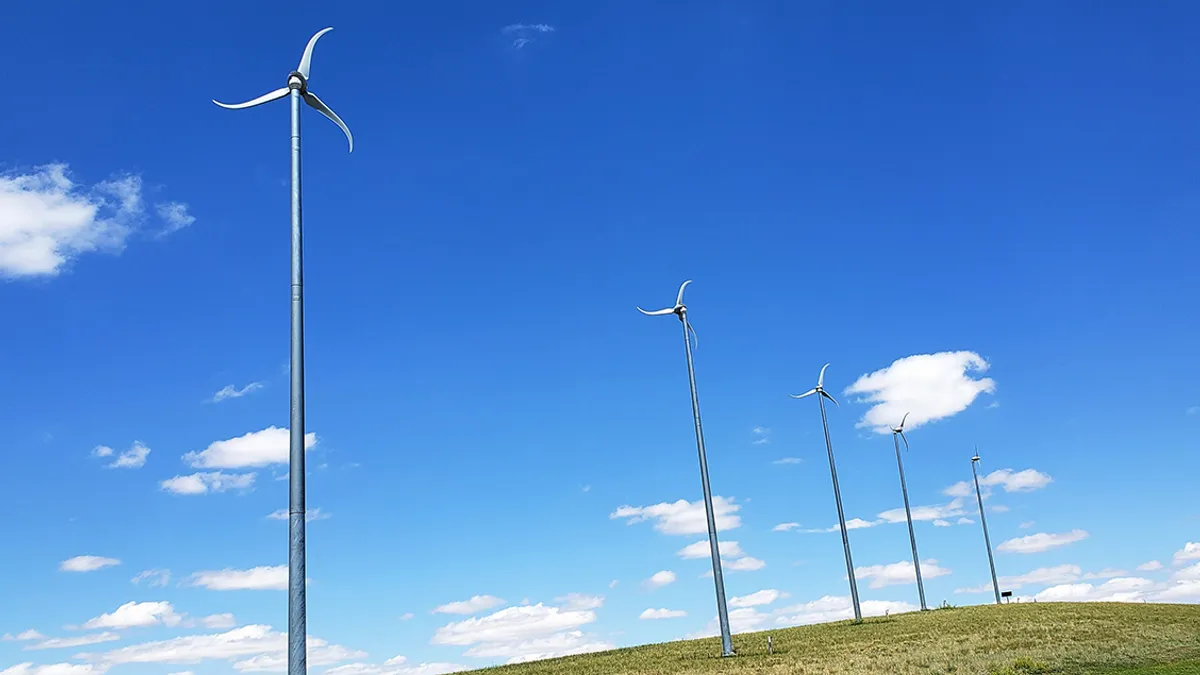
 Retrieved from Pacific Northwest National Laboratory.
Retrieved from Pacific Northwest National Laboratory.
NREL seeks distributed wind turbine technology proposals from manufacturers
The request for proposals offers award amounts up to $800,000 for submissions from domestic manufacturers of small and medium-sized wind turbines.
By Diana DiGangi • Jan. 16, 2025 -
Bipartisan, ‘nonpolitical’ messaging key to achieving DOE’s 2030 VPP goal, analysts say
Successful VPPs in Utah and other GOP-controlled areas highlight effective framing around cost reduction, consumer choice, self-reliance and resilience, experts told Utility Dive.
By Brian Martucci • Jan. 15, 2025 -
9 US electric power sector issues to watch in 2025
From rising electricity prices and demand to emerging opportunities and challenges around nuclear energy, virtual power plants, renewables and more, we’ve highlighted nine of the most important issues for the year ahead.
By Robert Walton, Ethan Howland, Diana DiGangi, Larry Pearl, Brian Martucci • Jan. 8, 2025 -
Microgrids boost grid reliability, lower costs: Colorado road map
Rising transmission costs and extreme weather impacts prompted a fresh look at the benefits of self-contained grids for rural Colorado communities.
By Brian Martucci • Jan. 7, 2025 -
Convergent lands $150M in financing for distributed solar, storage projects
The funding will speed development of more industrial-scale distributed energy projects, CEO Johannes Rittershausen said.
By Brian Martucci • Dec. 12, 2024 -
Deep Dive
Texas task force aims to ‘tear down barriers’ to virtual power plant pilot as participation lags
The aggregated DER pilot, which includes Tesla and Bandera Electric as participants, aims to harness 80 MW of flexible resources on the Texas grid, but it has not reached that goal due to various limitations.
By Robert Walton • Dec. 11, 2024 -
BlackRock, Temasek venture leads $35M funding round for ConnectDER
The latest funding round, led by Decarbonization Partners, will help accelerate growth for the home solar power and EV adapter company.
By Lamar Johnson • Dec. 5, 2024 -
Deep Dive
When TOU rates aren’t enough: BGE, other utilities expand active managed charging for rising EV load
With over 3 million electric vehicles on U.S. roads, managed charging pilots need to be scaled before infrastructure upgrade costs start rising, analysts and utility executives agree.
By Herman K. Trabish • Dec. 4, 2024 -
Deep Dive
EPRI, Kraken advance DER interoperability standards to boost virtual power plant deployment
“Without interoperability standards, VPPs cannot reach scalability, affordability, and reliability as soon or as efficiently as they will be needed,” said Arshad Mansoor, CEO of the Electric Power Research Institute.
By Herman K. Trabish • Nov. 27, 2024 -
Sponsored by Kraken
Unleashing the power of dynamic distribution pricing (Part 2)
We can't wait to implement dynamic distribution pricing while until we scale monitoring and analytics devices — here's how utilities can start implementing pilots now.
By Amaani Hamid and Emma Rodvien • Nov. 25, 2024 -
Opinion
A model tariff can speed distributed power plant deployment and lower grid modernization costs
Distributed power plants can improve system resilience now, complementing longer-term grid upgrades that will take years or decades to build.
By America Garcia and Shannon Anderson • Nov. 22, 2024 -
Sponsored by OpenText
Digital twins reimagined at scale for utilities
Digital twins of assets will play an increasing role in helping improve operational efficiency.
By Phil Schwarz • Nov. 18, 2024 -
DOE earmarks nearly $150M for 67 clean tech projects at federal facilities
The Assisting Federal Facilities with Energy Conservation Technologies program grants will save a combined $41.7 million in energy and water costs annually, the Energy Department said.
By Brian Martucci • Nov. 11, 2024 -
2024 Elections
Trump win is ‘setback’ for climate protection, but clean energy advocates say progress will continue
Trump’s victory means a Republican will be selected to lead FERC, which will likely work to rein in transmission incentives, said Tyson Slocum, director of Public Citizen's Energy Program.
By Robert Walton • Nov. 6, 2024 -
Sponsored by Torus
Is the grid prepared to power the AI revolution?
As the AI boom drives unprecedented growth for data centers, America's power grid faces a significant challenge: meeting the rising power demand needs of an AI-driven future. Nate Walkingshaw, CEO and Co-Founder of Torus, delves into this rapidly evolving energy landscape, where data centers alone could consume 9% of U.S. power by 2030. With traditional infrastructure lagging the expected electricity demand, Walkingshaw advocates for a flexible, distributed energy model, envisioning commercial properties as nodes for decentralized energy generation and storage systems.
By Nate Walkingshaw, CEO & Co-Founder of Torus • Nov. 4, 2024 -
Grid-interactive efficient building systems need robust cybersecurity measures, DOE says
Federal facilities managers must assess the potential risks of GEB systems and understand how they can affect the physical and data security of overarching systems where they are deployed, the Department of Energy says.
By Brian Martucci • Oct. 30, 2024 -
Sponsored by Kraken
Unleashing the power of dynamic distribution pricing (Part 1)
Utilities use dynamic pricing on wholesale electricity markets successfully, but haven't extended this pricing design to the distribution grid — here's why they should.
By Amaani Hamid and Emma Rodvien • Oct. 28, 2024 -
ABM to integrate Mainspring Energy’s power generation tool to strengthen EV charging solutions
ABM’s EV charging services for fleet operators include design, engineering and installation, microgrids and power storage and on-site proactive maintenance.
By Nish Amarnath • Oct. 25, 2024 -
King Energy secures $10M for rooftop solar financing model
The company, which installs solar panels on unused roof space, provides commercial property owners with a “simple, no-nonsense way” to trim operational costs and carbon footprints, CEO John Witchel said.
By Joe Burns • Oct. 21, 2024 -
Sponsored by Questline Digital
Seasonal strategies: How utilities are engaging customers year-round
Discover how holidays and season changes offer key opportunities for utilities to connect with customers in creative and relevant ways.
Oct. 21, 2024 -
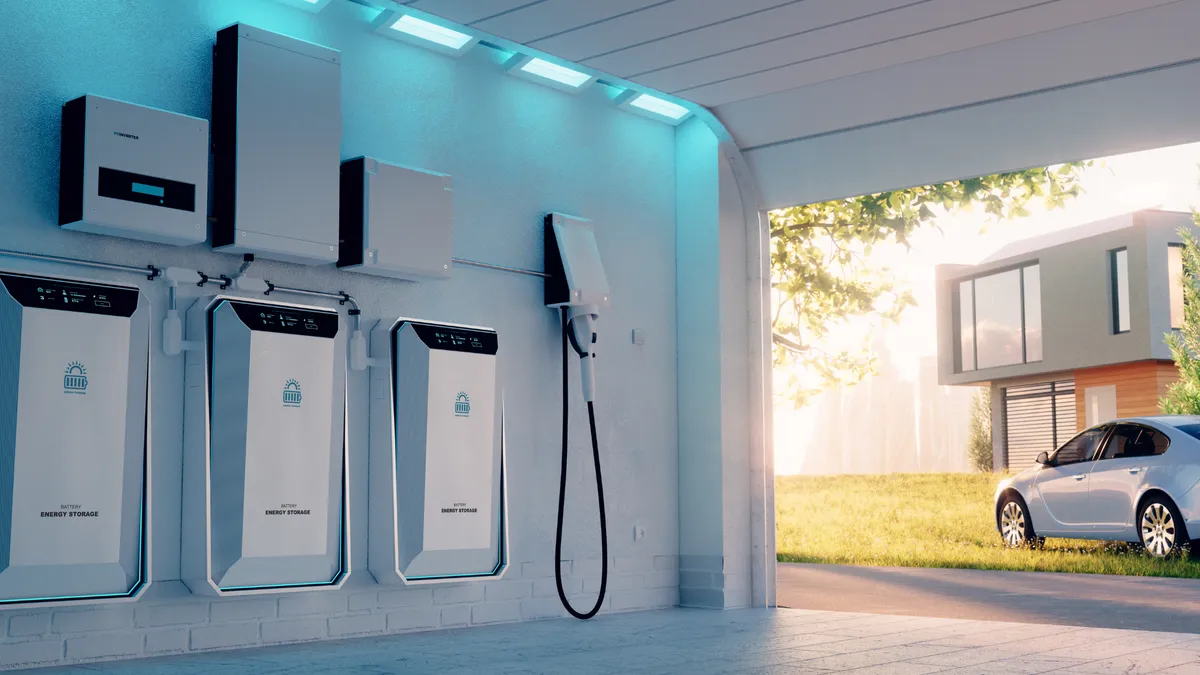

stock.adobe.com/malp
 Sponsored by Mitsubishi Electric Power Products, Inc
Sponsored by Mitsubishi Electric Power Products, IncFrom aggregation to action: Implementing effective behind-the-meter control strategies with Distributed Energy Resource Management Systems (DERMS)
Discover how implementing a DERMS solution will help you utilize BTM DERs for grid reliability
Oct. 15, 2024

